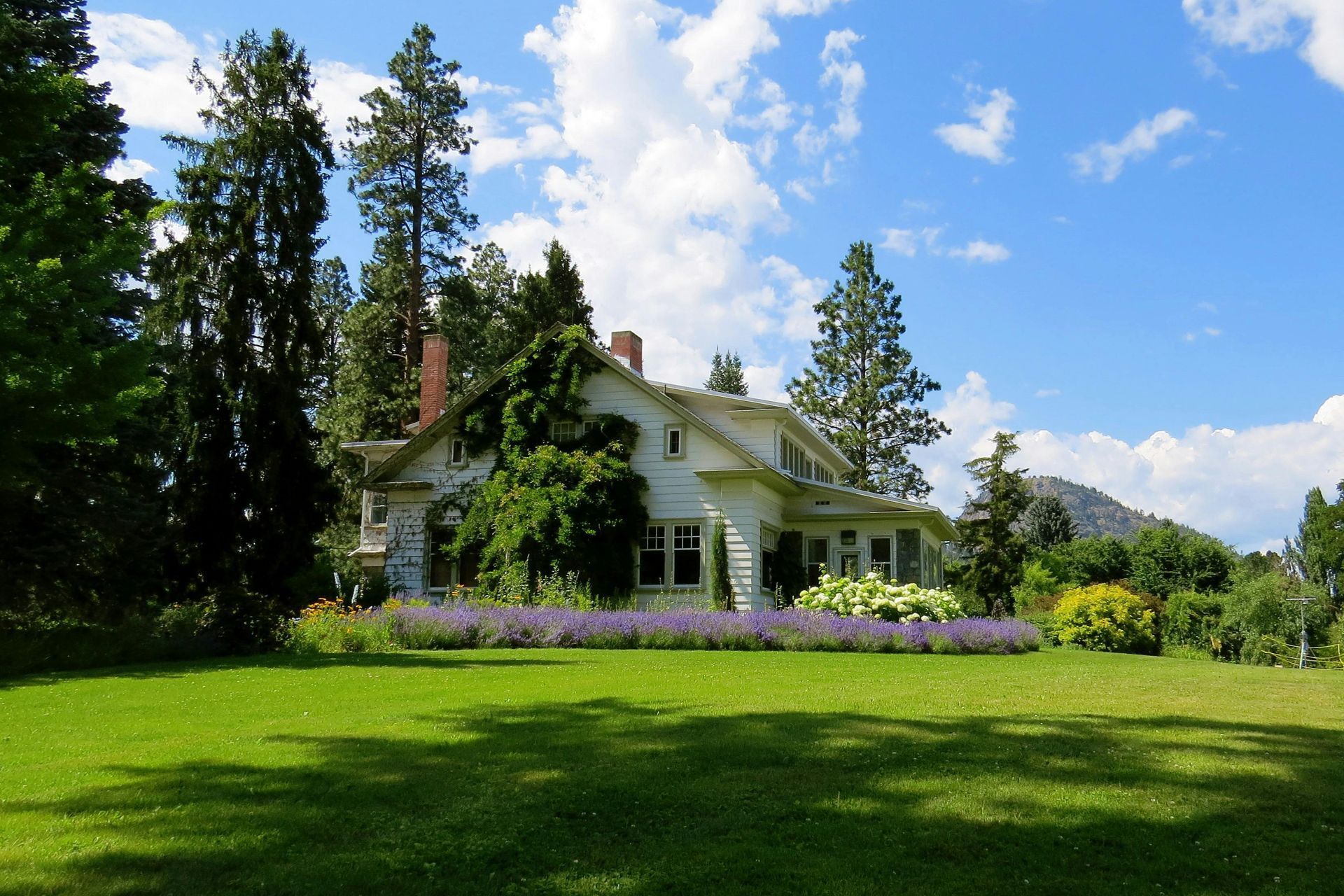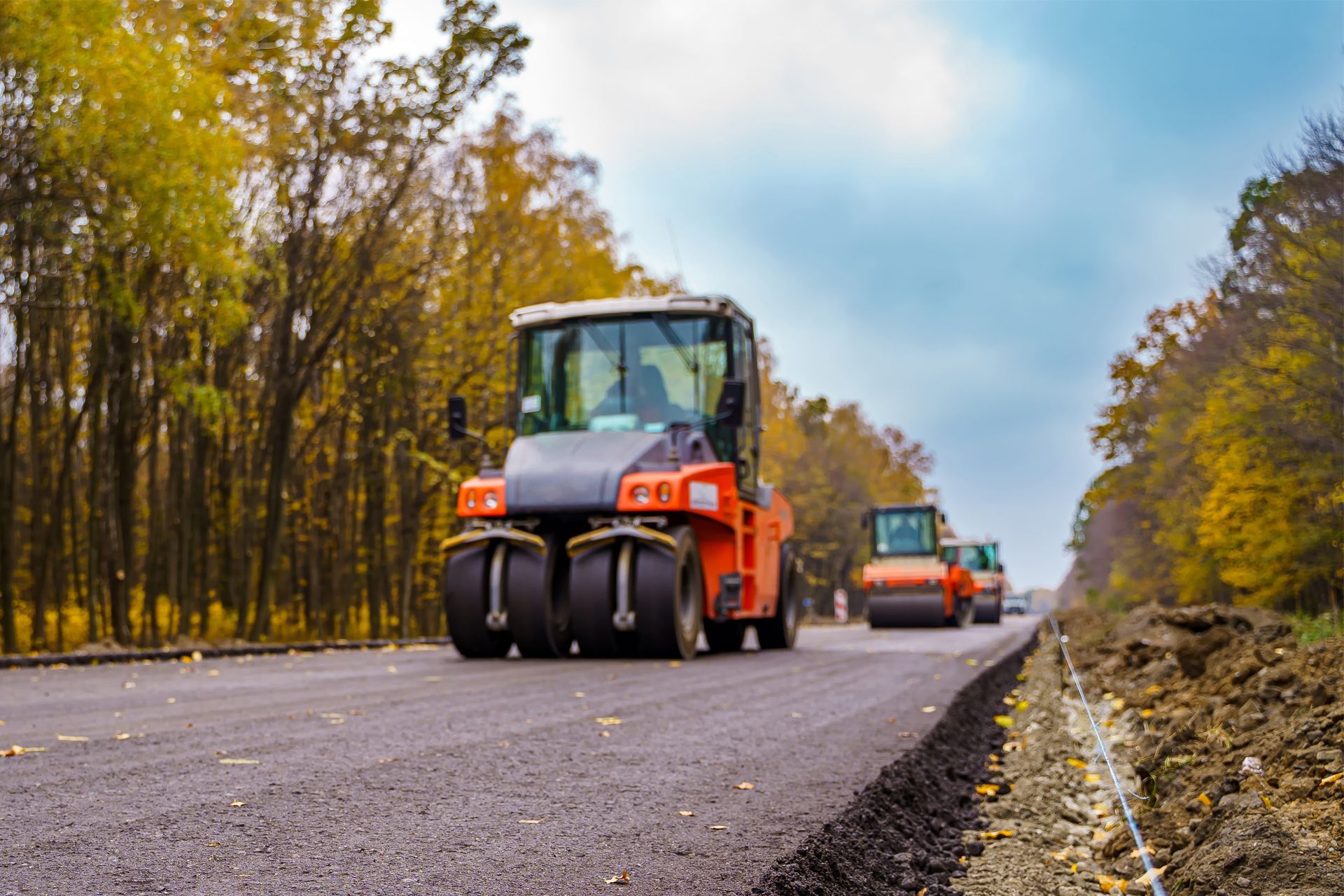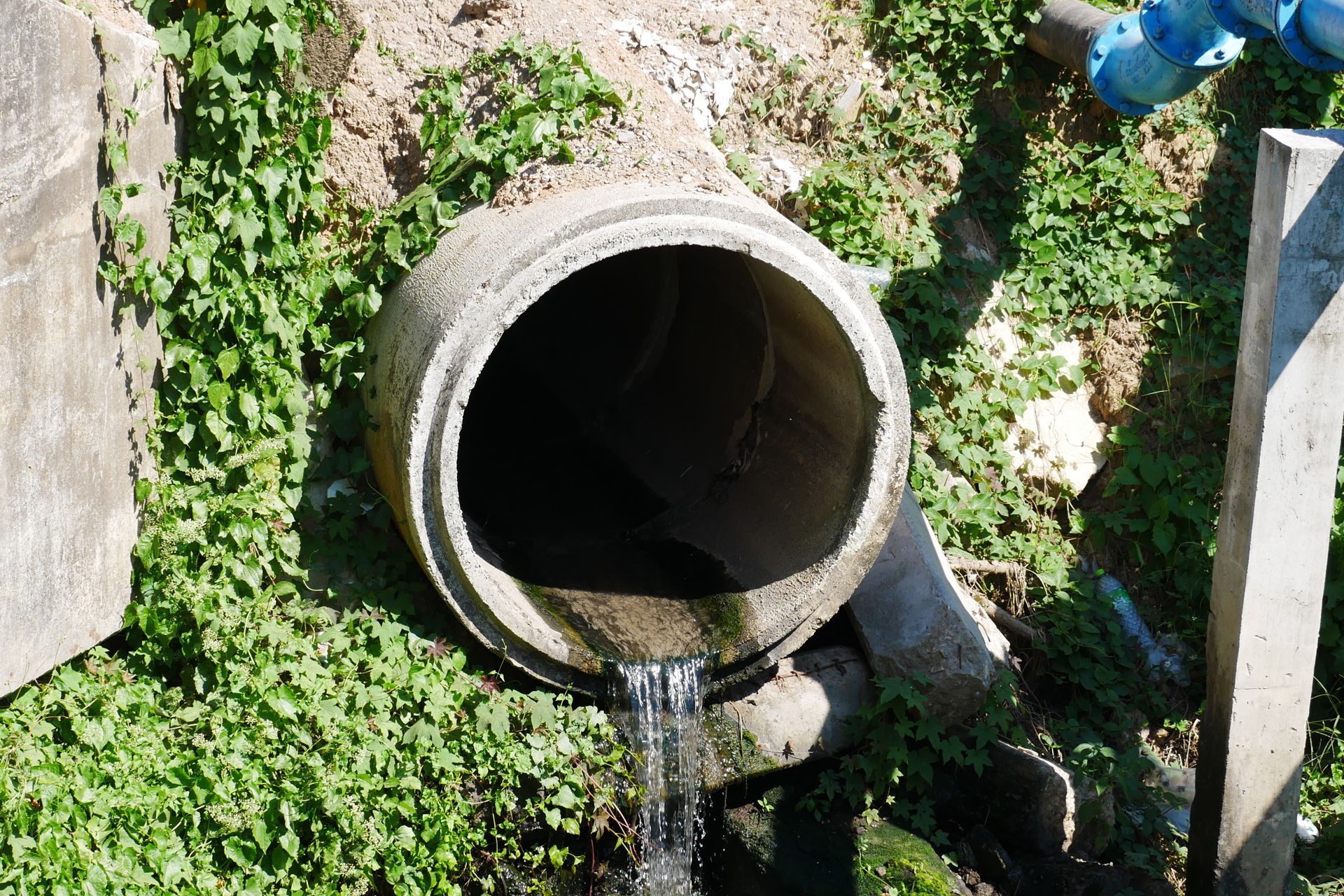Top 10 Plants for a Drought-Resistant Garden
Creating a beautiful and sustainable garden in an area prone to drought doesn't mean you have to compromise on aesthetics. By selecting drought-resistant plants, you can have a vibrant, thriving garden that requires less water and maintenance. Here are the top 10 plants for a drought-resistant garden.
1. Lavender (Lavandula)
Lavender is a popular choice for drought-resistant gardens due to its stunning purple flowers and fragrant scent. This plant thrives in full sun and well-drained soil, making it perfect for dry climates.
Benefits of Lavender:
- Attracts pollinators such as bees and butterflies
- Requires minimal watering once established
- Provides a pleasant fragrance
2. Agave (Agave spp.)
Agave plants are succulents that store water in their thick leaves, making them incredibly drought-tolerant. They come in various sizes and shapes, adding a striking architectural element to your garden.
Benefits of Agave:
- Extremely low maintenance
- Resistant to pests and diseases
- Adds a unique, sculptural look to landscapes
3. Russian Sage (Perovskia Atriplicifolia)
Russian Sage is known for its tall, silvery stems and lavender-blue flowers that bloom throughout the summer. It is highly tolerant of dry conditions and poor soil.
Benefits of Russian Sage:
- Long blooming period
- Deer and rabbit-resistant
- Attracts pollinators
4. Yarrow (Achillea Millefolium)
Yarrow is a hardy perennial that produces clusters of small, colorful flowers. It is adaptable to a variety of soil types and requires minimal water once established.
Benefits of Yarrow:
- Available in various colors such as white, yellow, pink, and red
- Attracts beneficial insects
- Can be used as a ground cover
5. Sedum (Sedum spp.)
Sedum, also known as stonecrop, is a succulent that comes in many varieties. These plants are perfect for rock gardens, borders, and containers due to their low water needs and attractive appearance.
Benefits of Sedum:
- Wide range of shapes, sizes, and colors
- Easy to propagate and care for
- Thrives in poor soil condition
6. Rosemary (Rosmarinus Officinalis)
Rosemary is a versatile herb that not only adds flavor to your dishes but also brings beauty and fragrance to your garden. It is highly drought-tolerant and can be grown as a shrub or ground cover.
Benefits of Rosemary:
- Evergreen foliage provides year-round interest
- Attracts pollinators
- Can be used in cooking and as an ornamental plant
7. Echinacea (Echinacea Purpurea)
Echinacea, commonly known as coneflower, is a hardy perennial that produces large, daisy-like flowers. It is well-suited for dry conditions and poor soil, making it a staple in drought-resistant gardens.
Benefits of Echinacea:
- Long blooming season
- Attracts bees and butterflies
- Known for its medicinal properties
8. Red Hot Poker (Kniphofia Uvaria)
Red Hot Poker, also known as torch lily, is a striking plant with tall flower spikes that resemble torches. It is highly drought-tolerant and thrives in full sun.
Benefits of Red Hot Poker:
- Bold, eye-catching flowers
- Attracts hummingbirds and pollinators
- Low maintenance
9. California Poppy (Eschscholzia Californica)
California Poppy is a hardy annual that produces vibrant orange and yellow flowers. It thrives in dry, sandy soils and requires minimal watering.
Benefits of California Poppy:
- Bright, cheerful blooms
- Self-seeding and easy to grow
- Low water needs
10. Artemisia (Artemisia spp.)
Artemisia, also known as wormwood, is a group of hardy perennials with silvery-gray foliage. These plants are extremely drought-tolerant and can add a unique texture to your garden.
Benefits of Artemisia:
- Aromatic foliage
- Resistant to deer and pests
- Provides a striking contrast in plantings
Designing Your Drought-Resistant Garden
When planning your drought-resistant garden, it's essential to consider plant placement, soil preparation, and mulching to ensure your plants thrive.
Plant Placement:
- Group plants with similar water needs together
- Place drought-tolerant plants in areas that receive full sun
- Use taller plants to provide shade for shorter, more delicate species
Soil Preparation:
- Improve soil drainage by incorporating organic matter such as compost
- Consider raised beds or berms to enhance drainage
- Test soil pH and amend as needed to match plant requirements
Mulching:
- Apply a layer of mulch around plants to retain moisture and suppress weeds
- Use organic mulch such as wood chips, straw, or shredded bark
- Replenish mulch annually to maintain effectiveness
Watering Tips for Drought-Resistant Gardens
Even drought-tolerant plants need some water to establish their root systems. Here are some watering tips to help your garden thrive:
- Water deeply but infrequently to encourage deep-root growth
- Water in the early morning or late evening to reduce evaporation
- Use drip irrigation or soaker hoses to deliver water directly to the root zone
Benefits of a Drought-Resistant Garden
Creating a drought-resistant garden offers numerous benefits beyond water conservation:
Environmental Benefits:
- Reduces water usage and conserves a precious resource
- Decreases runoff and erosion
- Supports local wildlife by providing habitat and food sources
Financial Benefits:
- Lowers water bills
- Reduces maintenance costs and time
- Increases property value by enhancing curb appeal
Personal Benefits:
- Creates a beautiful, sustainable landscape
- Provides a sense of accomplishment and connection to nature
- Offers a space for relaxation and enjoyment
Need Landscaping Services in Beaverton, OR?
At Eagle Paving and Construction, we specialize in creating stunning, sustainable landscapes tailored to your specific needs. Our team of experts can help you design and install a drought-resistant garden that thrives in the Beaverton climate.
If you need professional landscaping services in Beaverton, OR, contact our team at Eagle Paving and Construction at (503) 519-7681. We also offer the following services: asphalt paving, parking lot paving, driveway paving, concrete work, and more, Let us help you transform your outdoor space into a beautiful, water-wise garden.
Frequently Asked Questions
What is a drought-resistant plant?
A drought-resistant plant is a plant that can survive and thrive with minimal water. These plants have adapted to dry conditions and often have features such as deep root systems, thick leaves, or the ability to store water.
How do I know if a plant is drought-resistant?
Drought-resistant plants are often labeled as such at nurseries and garden centers. Additionally, plants native to arid regions or those with specific adaptations (e.g., succulents, gray or silver foliage) are typically drought-tolerant.
Can I have a colorful garden with drought-resistant plants?
Yes, many drought-resistant plants produce vibrant, colorful flowers. Examples include lavender, echinacea, California poppy, and red hot poker.
Do drought-resistant plants need any water at all?
Yes, drought-resistant plants need water, especially during their establishment period. However, once established, they require much less water than other plants. It's essential to water them deeply but infrequently to promote deep root growth.
How can I improve soil for a drought-resistant garden?
Improving soil drainage is crucial for a drought-resistant garden. Incorporate organic matter such as compost into the soil to enhance its structure and drainage. Additionally, consider raised beds or berms to further improve drainage.






